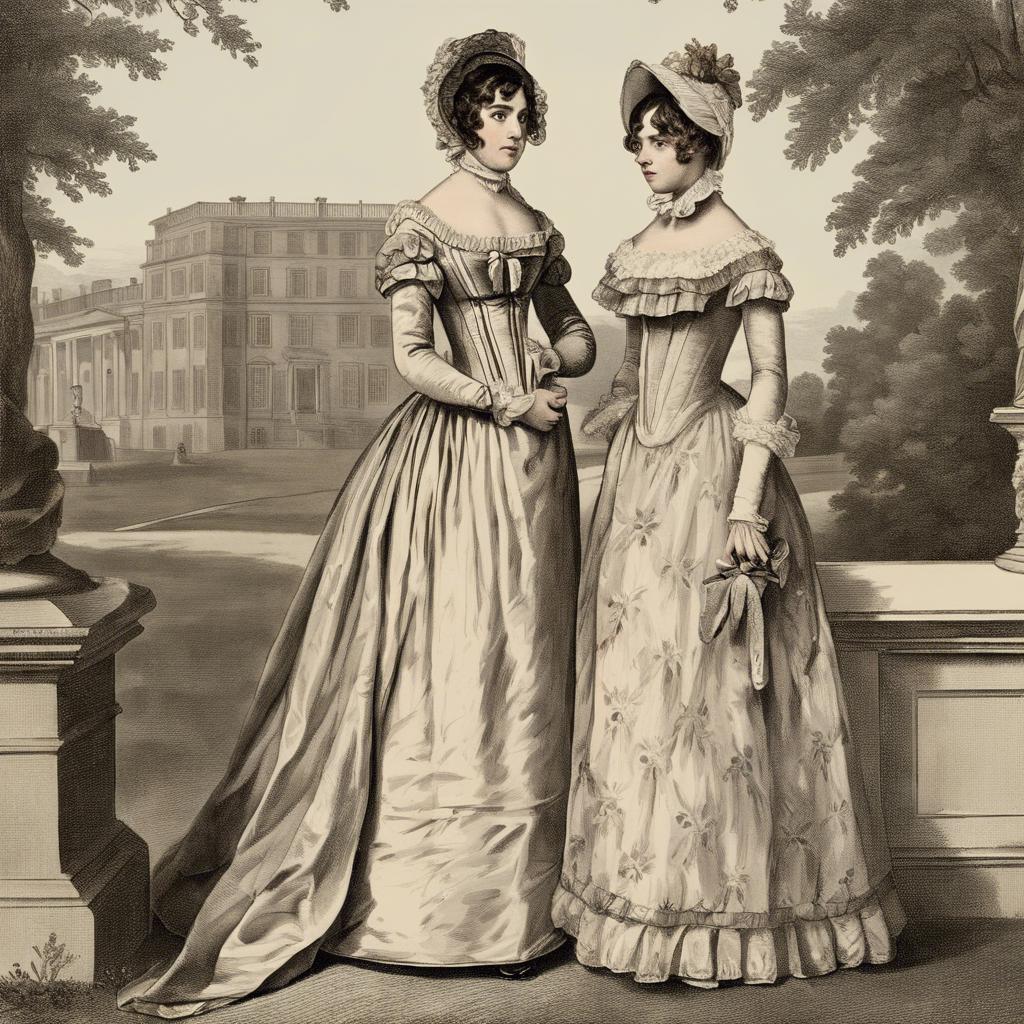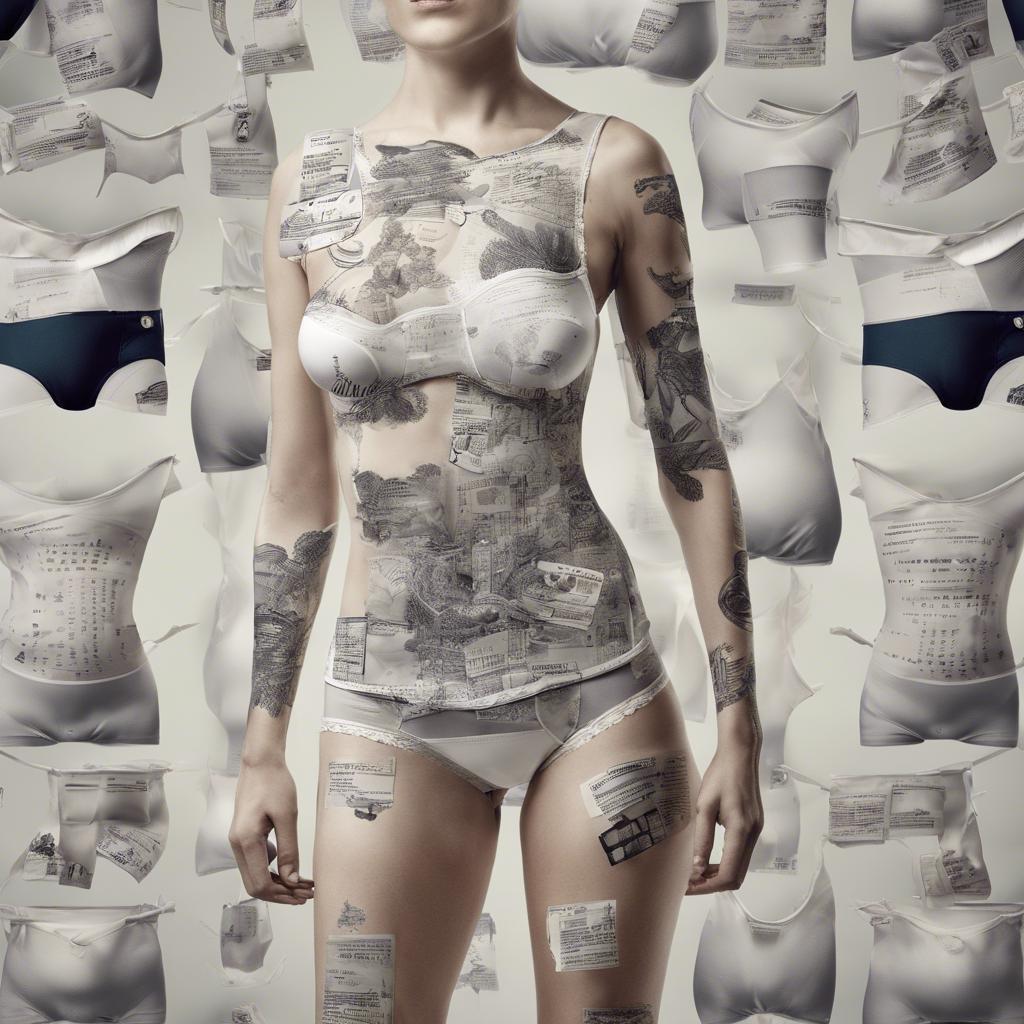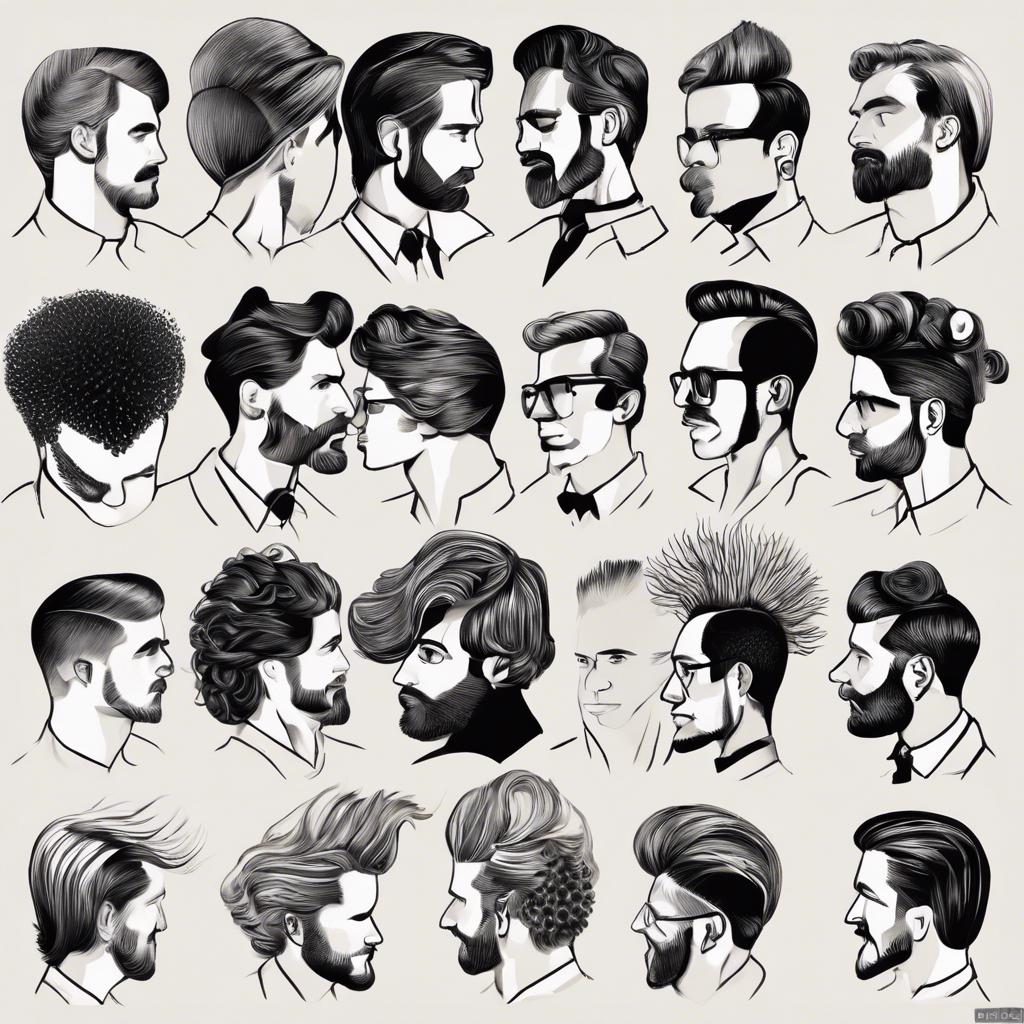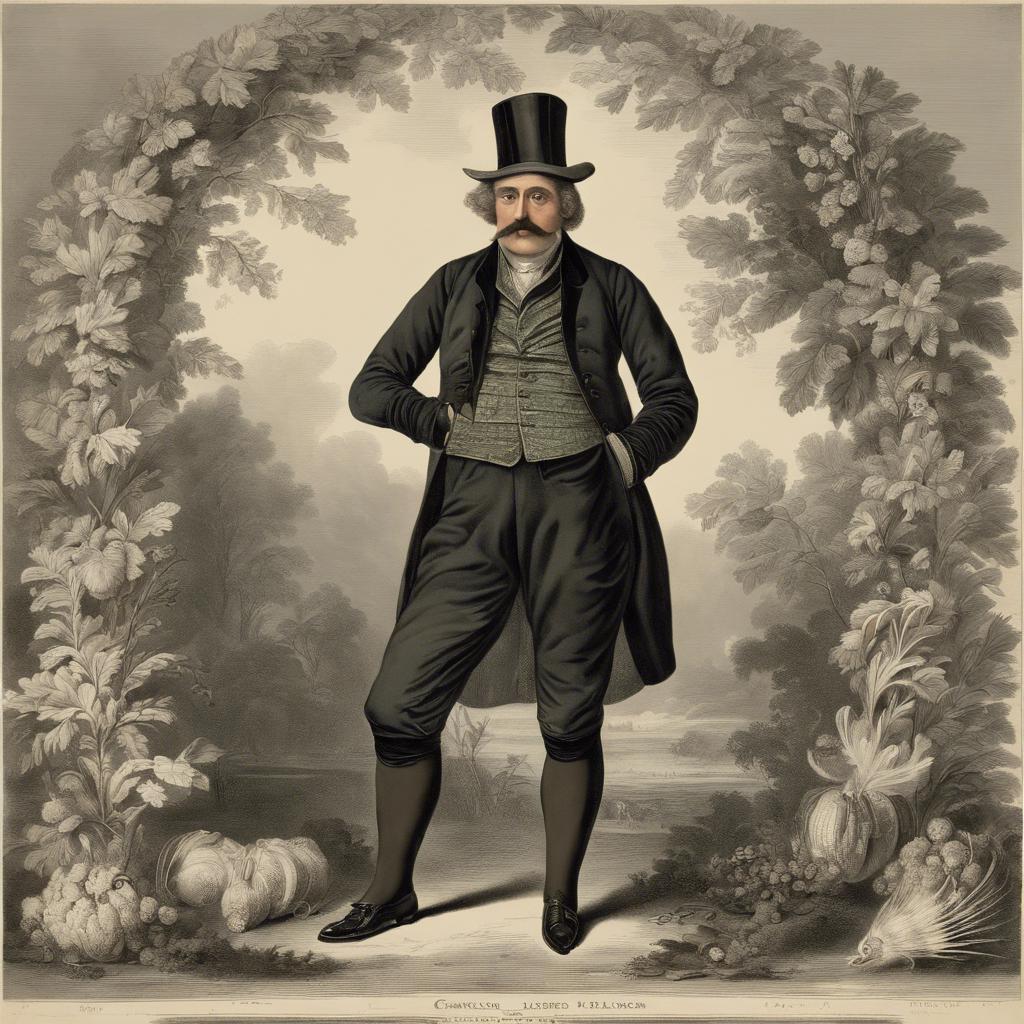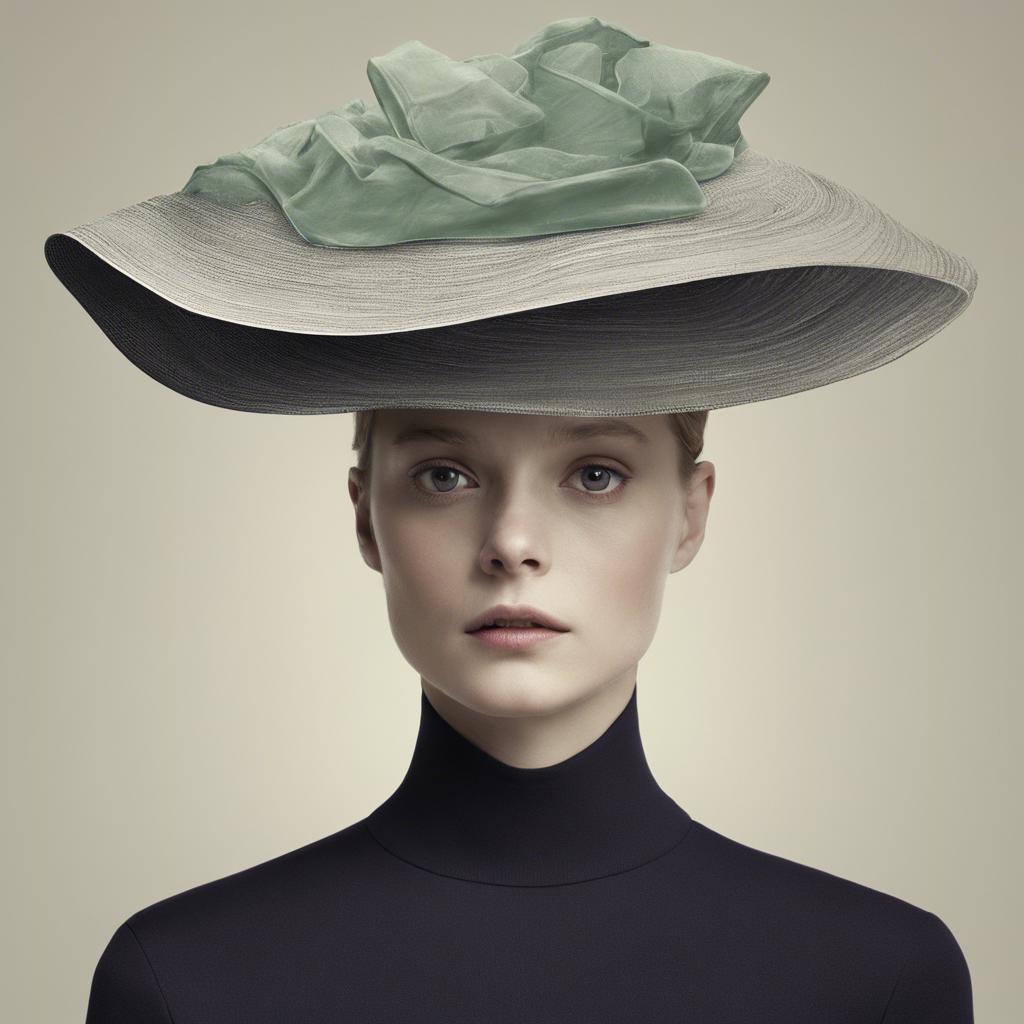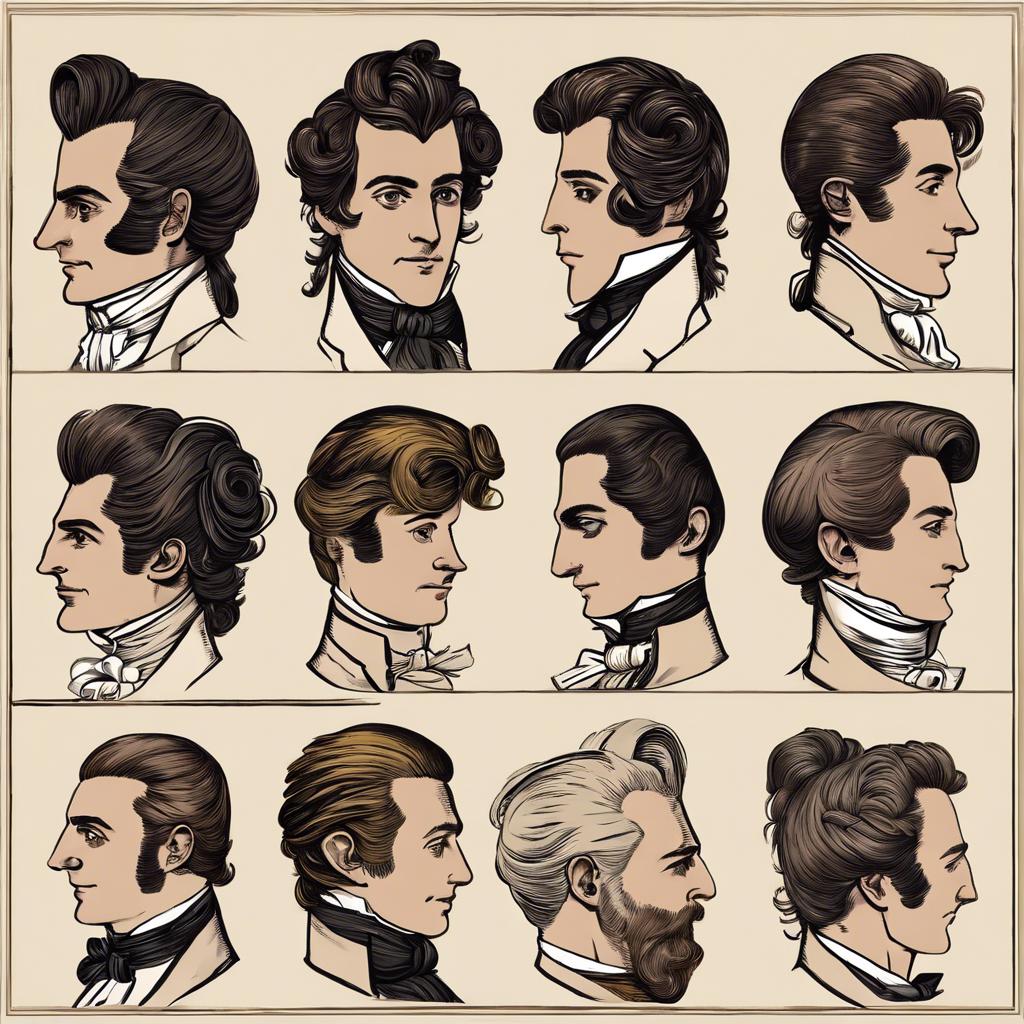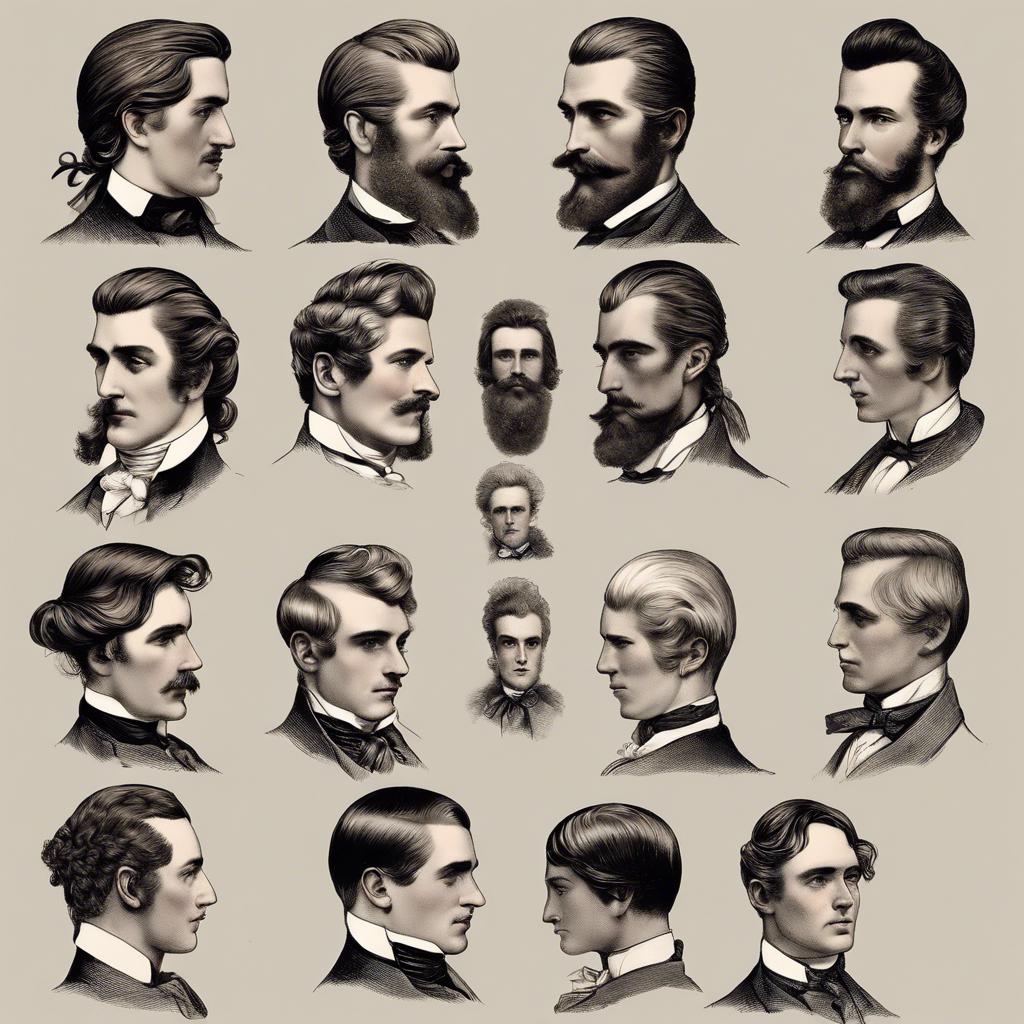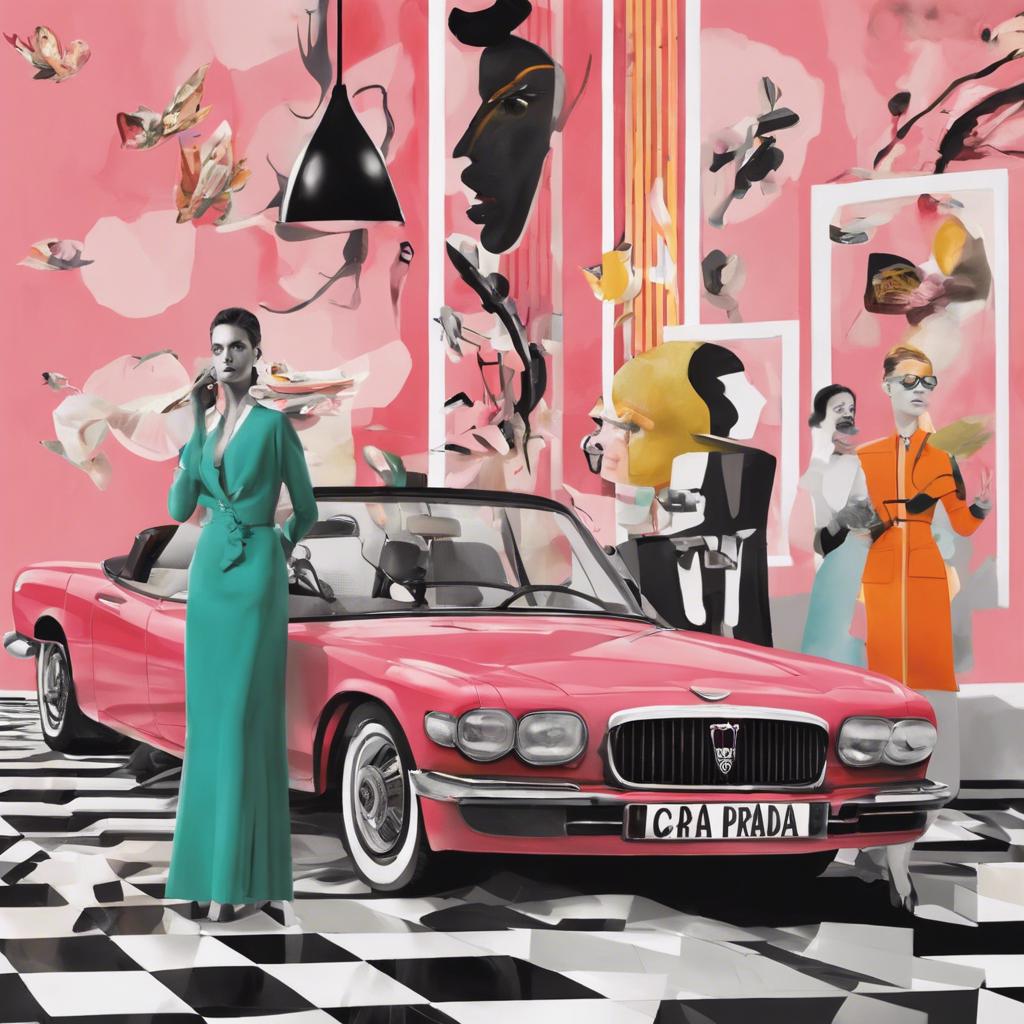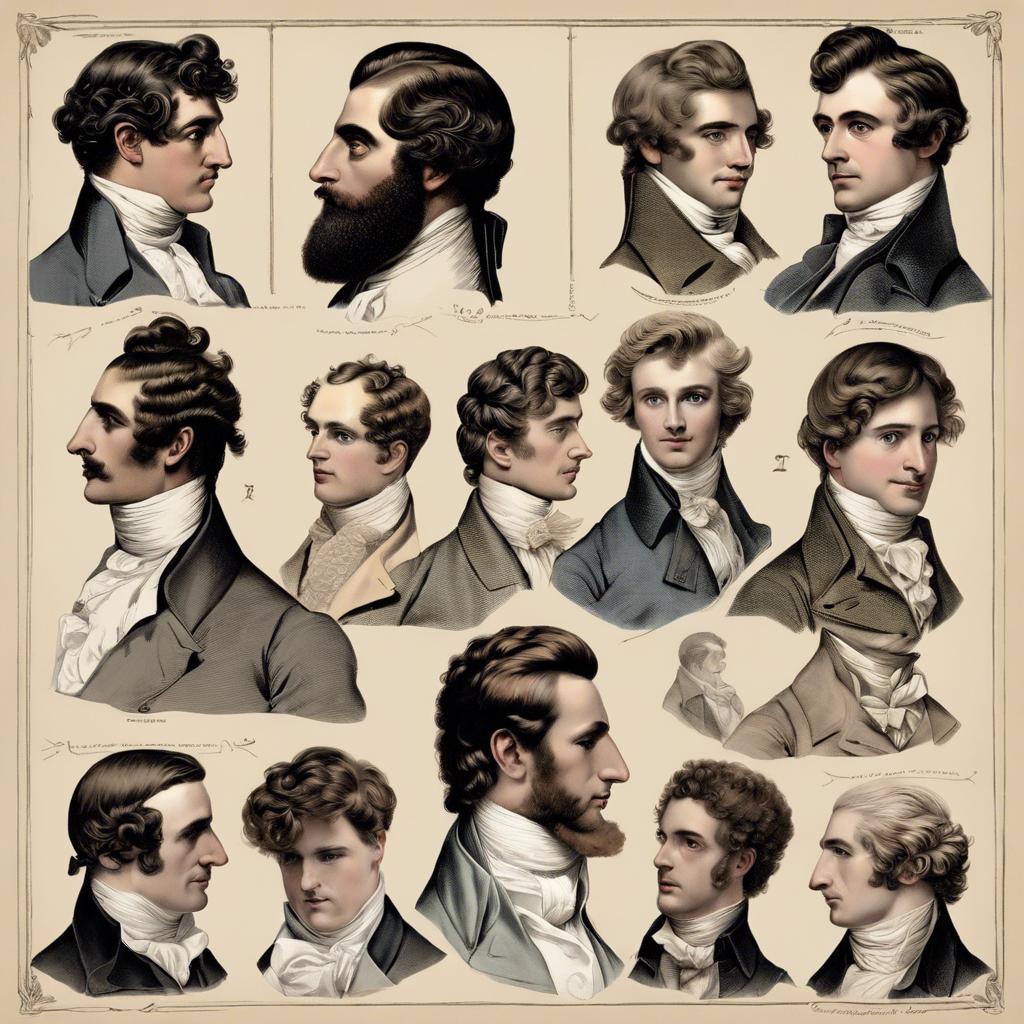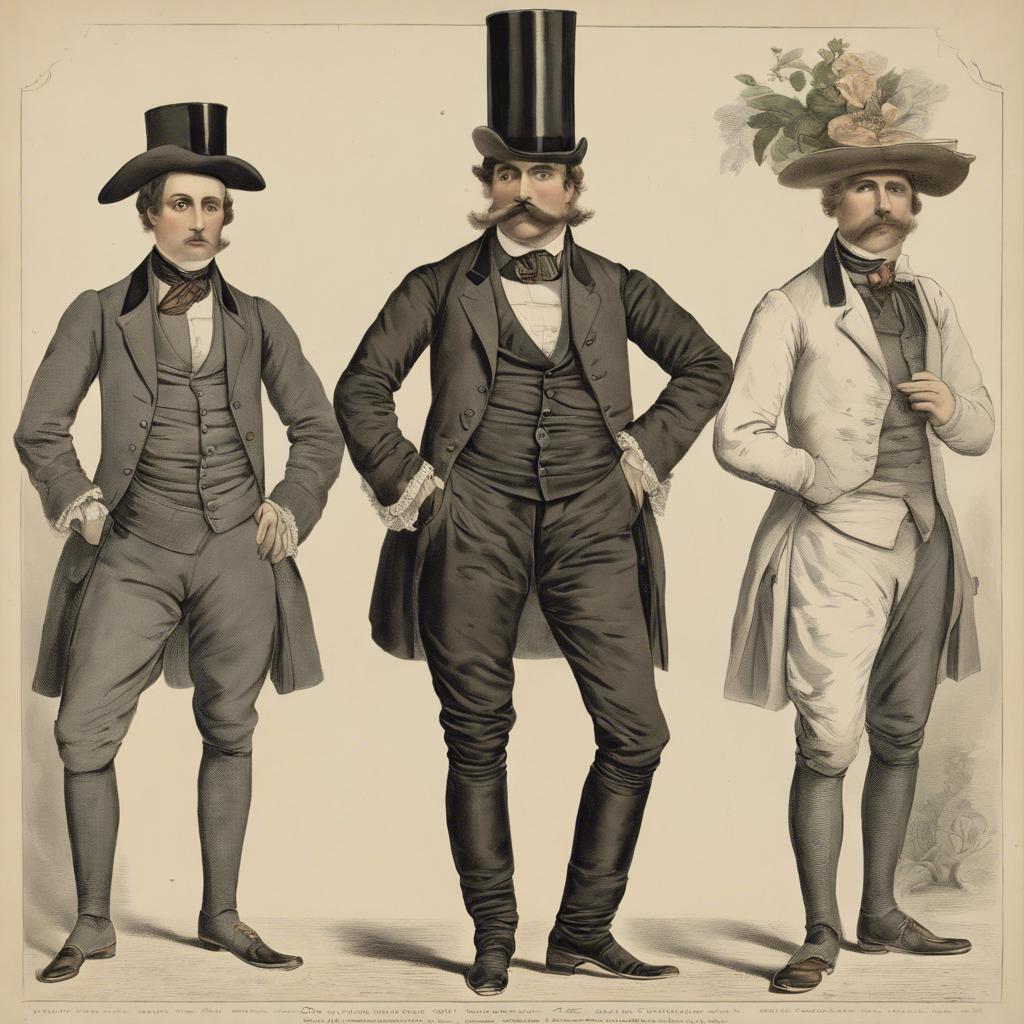Posted inRegency era
pride and prejudice regency era fashion
In the Regency era, fashion was a key indicator of social status and personal style. From elegant empire waist gowns to intricate bonnets and delicate accessories, the clothing of the time reflected both the societal norms and individual tastes of the period.
